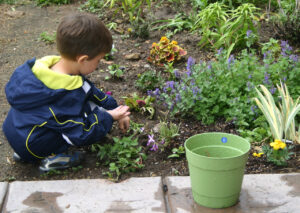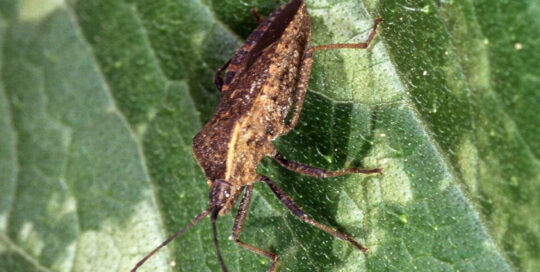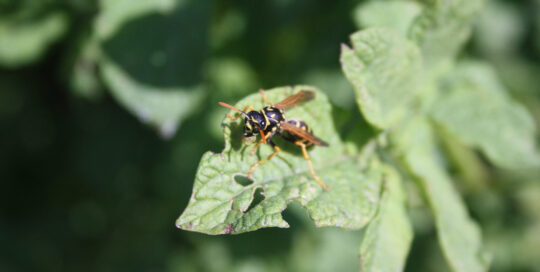What To Do About Wet Feet
Views: 355

Most plants do not like wet feet. An especially soggy winter or spring often results in plants looking a bit sickly and might actually lead to their demise. But how can you tell if your plants are drowning and, if they are, what can you do about it?
Signs of Wet Feet
Part of the challenge of pinpointing saturated soil as the culprit is the symptoms mimic other issues. For example, my aunt said her longstanding boxwood plants were yellow this spring. While yellow or dead leaves might result from excessive cold weather nipping the leaves, heavy rains are most likely the culprit. Boxwood might be tough, but this is one situation they don’t like.
Yellow foliage is just one sign of over-saturation. Leaves might fall off of other plants, or the entire plant will simply wilt. In truth, too much water looks a lot like not enough moisture. Yet, you can obviously tell the difference if your spring conditions are closer to a monsoon season rather than drought.
Watering Too Much
It’s easier to diagnose wet feet when it seems to rain nonstop, but sometimes people over water the plants without realizing it. A good rule of thumb for vegetable gardens is to provide an inch of water each week. If you were relying on your own watering system, an easy way to calculate this amount is to set out a tuna can to measure the amount.
Position the can in the middle of the garden if you’re using a sprinkler system. Or place an emitter over the can for drip irrigation. This way you can best charge how much water the plants are actually receiving.
For container plants the easiest way to tell is to stick a finger in the soil. If it’s dry and inch down below the surface, water the plant. And, as always, make sure there are adequate holes in the bottom of any container to allow excess water to drain. And never use gravel in the bottom of a pot. That is an old-school method of supposedly keeping the roots out of the water, but over the years, we’ve discovered that it just creates a perfect place for the roots to bind and rot.
Root Rot From Wet Feet
Speaking of rotting, one of the challenging aspects of too much water is the perfect environment for fungal pathogens to attack the plant. Unfortunately, many times we don’t realize there is a problem until the plant begins to fail. There are chemical treatments for these fungi, but work with your local extension office to pinpoint the type of fungus prior to treatment.
What To Do If Your Plant Has Wet Feet
While it’s impossible to control the rain there are a few things you can do to help your plants. If you have had, or are having, more precipitation in normal, consider removing some of the mulch away from your plants. This holds in the moisture, and doesn’t allow the soil to dry quite as rapidly.
In worst case scenarios you might have to dig up plants to add organic matter in an attempt to mitigate the soil moisture. Of course, this is very difficult to do with large established plants, but removing the roots from the saturated soil might be the only way to save the plants. Carefully dig around the plants and remove them with as much of the root ball as possible. Add compost to the hole and mix in with native soil before replanting.
Depending on the layout of your garden, you might even want to consider where you replant these particular species. If this part of your garden is constantly becoming wet during rain storms, it might be a good idea to move the plants to where they will have drier roots.
Too much of anything is never a good thing. As gardeners we need the right amount of moisture, sunshine and warm weather, but when Mother Nature dumps too much of anything on us, we end up with problems. Having plants with wet feet is an issue for many of us during the spring, so it’s good to know what to look for in a stressed plant, and have a plan on how to remedy the situation.
Meet Amy Grisak
Amy is a freelance author and photographer in Great Falls, MT who specializes in gardening, foods, and sustainable agriculture. She provides information on every kind…
Amy's Recent Posts

Squish Squash Bugs Before They’re a Problem








